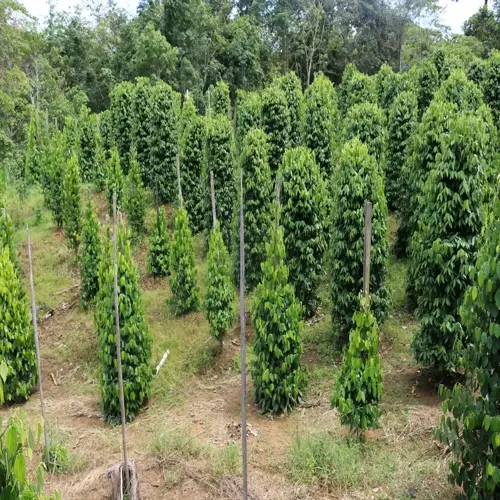Does perlite provide any nutrients to plants?

Written by
Nguyen Minh
Reviewed by
Prof. Martin Thorne, Ph.D.Perlite has zero nutritional value for your plants. This volcanic glass is chemically inert when added to soil. Its value lies in the physical structure changes it creates in the soil, not in its nutritional content. I have extensively tested this in my greenhouse.
In contrast with organic amendments, perlite does not decompose. It releases no nitrogen, phosphorus, or other essential elements. Water may flow through its pores without dissolving any minerals. Plants obtain no direct feeding from perlite particles.
Perlite Limitations
- Chemically inert with no cation exchange capacity
- Adds no macro or micronutrients to growing media
- Requires supplemental fertilizing for plant nutrition
Vermiculite Advantages
- Binds potassium magnesium through cation exchange
- Slowly releases trace minerals over months
- Reduces fertilizer leaching in sandy soils
Balance perlite with nutrient sources. Combine it with compost or slow-release fertilizers. For container tomatoes, I mix 40% perlite 40% compost, and 20% vermiculite. This provides both drainage and sustained feeding.
Recognize nutrient deficiency signs. Yellow leaves often indicate a nitrogen shortage. Purple stems suggest phosphorus deficiency. With perlite mixes, these appear faster, requiring earlier fertilization than vermiculite blends.
The structural advantages of perlite are still beneficial. It does not compact, allowing for roots to access the nutrients already present in the soil. Aerated soils also promote the growth of infectious microbial activity, which releases soil minerals. This indirect benefit can function to enhance overall plant health.
Adjust fertilization for perlite-heavy soils. Use liquid feeds every 2-3 weeks during growth seasons. Slow-release granules work well in these mixes. Monitor plants closely for any signs of hunger.
Read the full article: Perlite vs Vermiculite: Ultimate Comparison Guide

